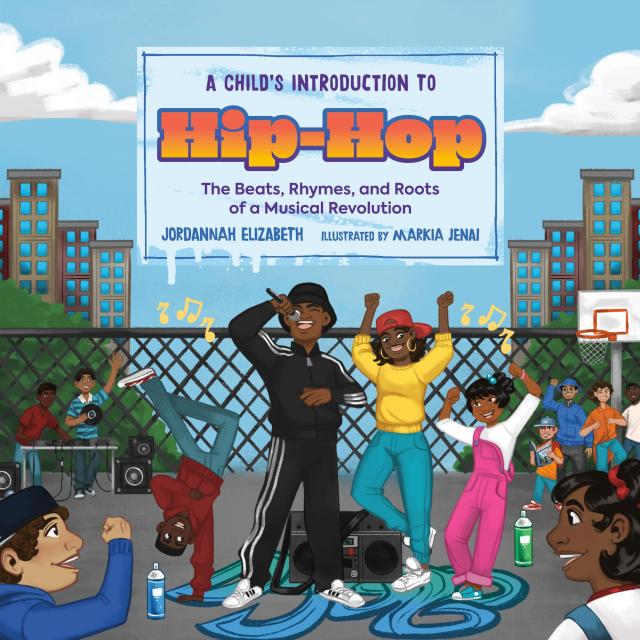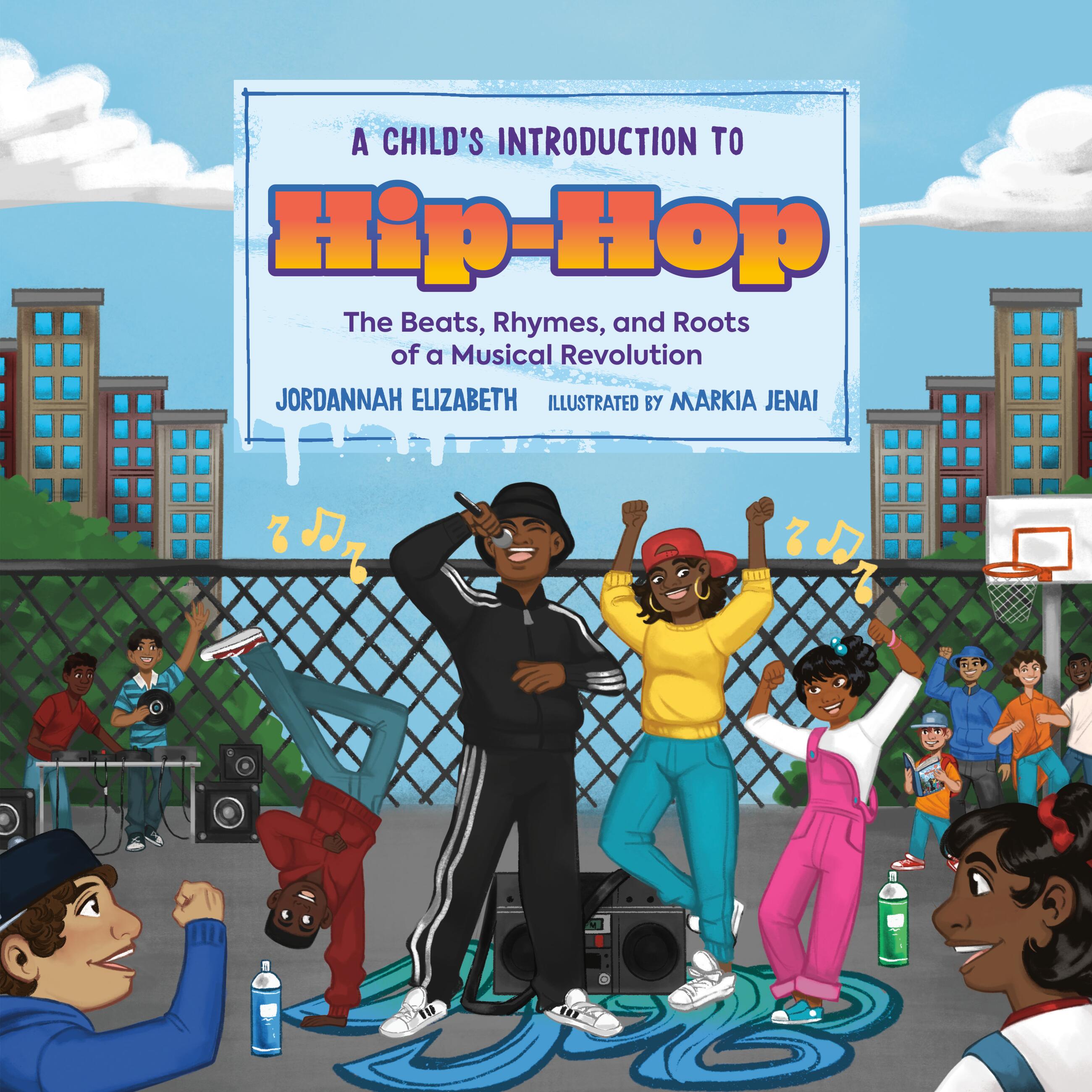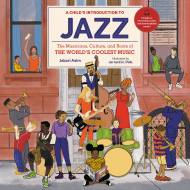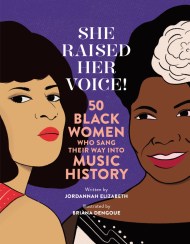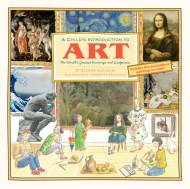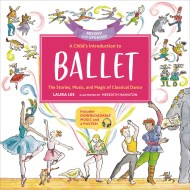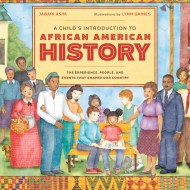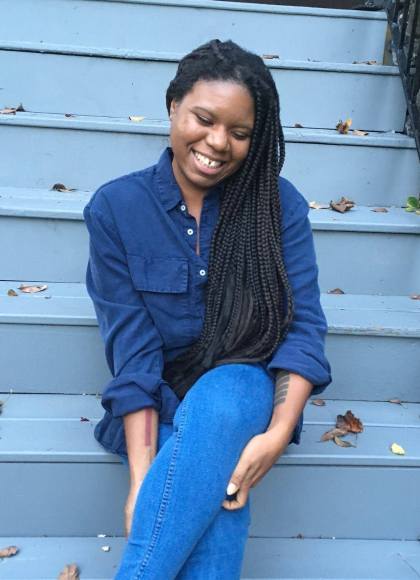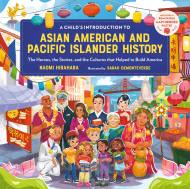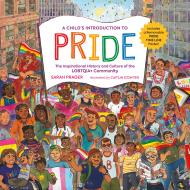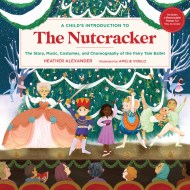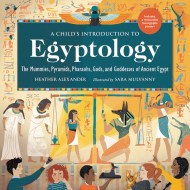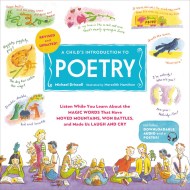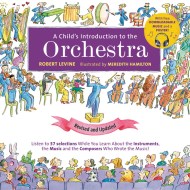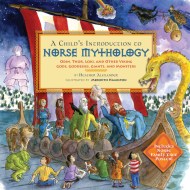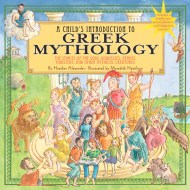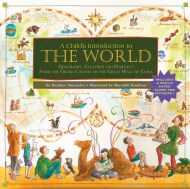Promotion
Use code MOM24 for 20% off site wide + free shipping over $45
A Child's Introduction to Hip-Hop
The Beats, Rhymes, and Roots of a Musical Revolution
Contributors
Illustrated by Markia Jenai
Formats and Prices
Price
$12.99Price
$16.99 CADFormat
Format:
- ebook $12.99 $16.99 CAD
- Hardcover $21.99 $27.99 CAD
This item is a preorder. Your payment method will be charged immediately, and the product is expected to ship on or around August 8, 2023. This date is subject to change due to shipping delays beyond our control.
Also available from:
This definitive guide to hip-hop teaches kids about the history and world-wide cultural impact of the genre, covering everyone from early heroes like The Sugar Hill Gang, Kurtis Blow, and Run D.M.C., to modern day titans like Kanye West, Cardi B, and Kendrick Lamar.
In the 1970s, a musical and cultural movement was sparked in the Bronx neighborhood of New York City. Led by three DJs who performed at local block parties, DJ Kool Herc, Afrika Bambaataa, and Grandmaster Flash become known as the “Holy Trinity” of hip-hop and they helped establish the four main pillars of the genre: deejaying, mc'ing, break dancing, and graffiti art.
From these early days, acclaimed journalist and music critic Jordannah Elizabeth takes kids on a journey through the history of hip-hop, helping young readers understand how and why it was invented, and how it evolved into a powerful platform that gave (and still gives) a voice to the often-ignored Black community in America. From Tupac Shakur and Ms. Lauryn Hill to Drake and Tyler the Creator, kids will celebrate some of hip-hop’s biggest names while learning about the roots of their musical sounds, and the community that propelled them into stardom.
Packed with modern, charming illustrations, including a pull-out poster for kids to color, A Child’s Introduction to Hip-Hop features age-appropriate descriptions of a musical genre that is changing the world and dominating the airwaves. This is the perfect book for young students who want to know more about the world of hip-hop and rap, as well as for parents who want to introduce their children to some of their favorite artists.
Genre:
-
“The ideal music history book for young students who want to know more about the world of hip-hop and rap (as well as for parents who want to introduce their children to some of their favorite artists), A Child's Introduction to Hip-Hop is especially and unreservedly recommended for family, school, and community American Music History collections.”Midwest Book Review
-
“A comprehensive guide to hip-hop, this book delves into its rich history and impact as both a music style and cultural phenomenon.”Parents.com
- On Sale
- Aug 8, 2023
- Page Count
- 96 pages
- Publisher
- Black Dog & Leventhal
- ISBN-13
- 9780762481033
Newsletter Signup
By clicking ‘Sign Up,’ I acknowledge that I have read and agree to Hachette Book Group’s Privacy Policy and Terms of Use
